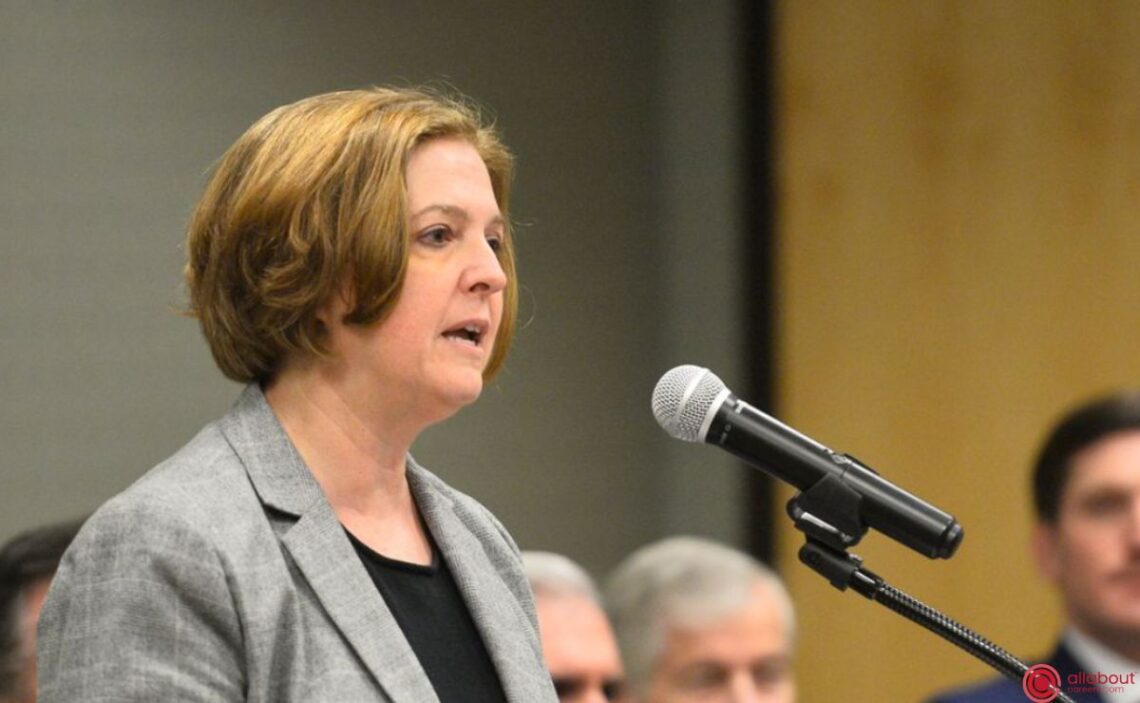After weeks of controversy over the announcement of the hiring of Kathleen McElroy, former publisher of The New York Times, Kathy Banks, who was serving as president of Texas A&M University (TAMU), decided to step aside “immediately.”
Banks became TAMU’s 26th president in 2021. Initially, she had the support of the collegiate and various student sectors, but in recent months, a series of controversies led her to step down from the position. She even won’t receive any compensation whatsoever from the university.
The root of her decision is the announcement of hiring McElroy, an African-American journalist, in June. The proposal was intended to revive the university’s journalism department.

Although the news was launched “with great fanfare,” McElroy turned it down due to a controversial hiring process. At first, she was offered a full professorship, but then the offer was modified to 5 years and finally to only 1 year, which left her unprotected against being fired.
After the revelation of what happened, Katherine Banks would be the main target. In a letter sent to A&M System Chancellor John Sharp on the evening of July 20 and reported by local media, the former TAMU president wrote:
“The recent challenges regarding Dr. McElroy have made it clear to me that I must retire immediately. The negative press is a distraction from the wonderful work being done here.”
In light of Banks’ “immediate resignation,” Mark A. Welsh III, current Bush School of Government and Public Service dean was named interim president. The Board of Regents will determine the new president of Texas A&M University, one of the most important universities in the state.
Chancellor Sharp has named Dean Mark A. Welsh III acting President of @TAMU after President M. Katherine Banks submitted a letter late Thursday announcing she would retire immediately: https://t.co/Kib0Dkfg4E pic.twitter.com/HHQoi9S3F7
— Texas A&M System (@tamusystem) July 21, 2023
But what happened to McElroy?
The controversy with the journalist, currently a professor at the University of Texas at Austin, arose due to criticism from conservative sectors of TAMU regarding the implications of her arrival. Certain organizations, students, and professors linked to the Republican Party expressed concern about McElroy’s arrival due to her liberal background.
McElroy has always been linked to diversity and inclusion of other communities and was frowned upon for being part of The New York Times. A statement from the A&M System said that the journalist “was a victim of ‘anti-woke’ hysteria and outside interference in the faculty hiring process.”
One of the last words Kathy Banks said about the controversy is that she claimed not to have approved of the modifications surrounding the McElroy job offer. However, Hart Blanton, the head of the university’s Department of Communications and Journalism at TAMU, reportedly revealed that Banks herself interfered in the hiring process from the beginning. That race had led to a devaluation of the contract offer.
Texas &M University at a complicated crossroads
In light of the events that McElroy experienced, the University must correct what happened, even though Banks has already stepped aside. Laylan Copelin, vice chancellor of marketing and communication at TAMU, revealed that they have already begun an investigation to get to the bottom of what happened.
“We are determined to get to the bottom of what happened and why, learn from the mistakes, and do better in the future,” said Copelin, as reported by The Texas Tribune.
In statements made to the same newspaper, McElroy revealed that she had been “damaged by this entire process” and accepted that he believes he was “judged by race, maybe gender.”
It is worth remembering that McElroy graduated from TAMU in 1981. The event once again leaves uncertainty regarding education issues in the U.S. Banks was the second president of a major university to resign from her position in the past few months.
Marc Tessier-Lavigne of Stanford has already announced that he will step down on August 31, following an independent review that found “serious flaws” in scientific articles he authored.


